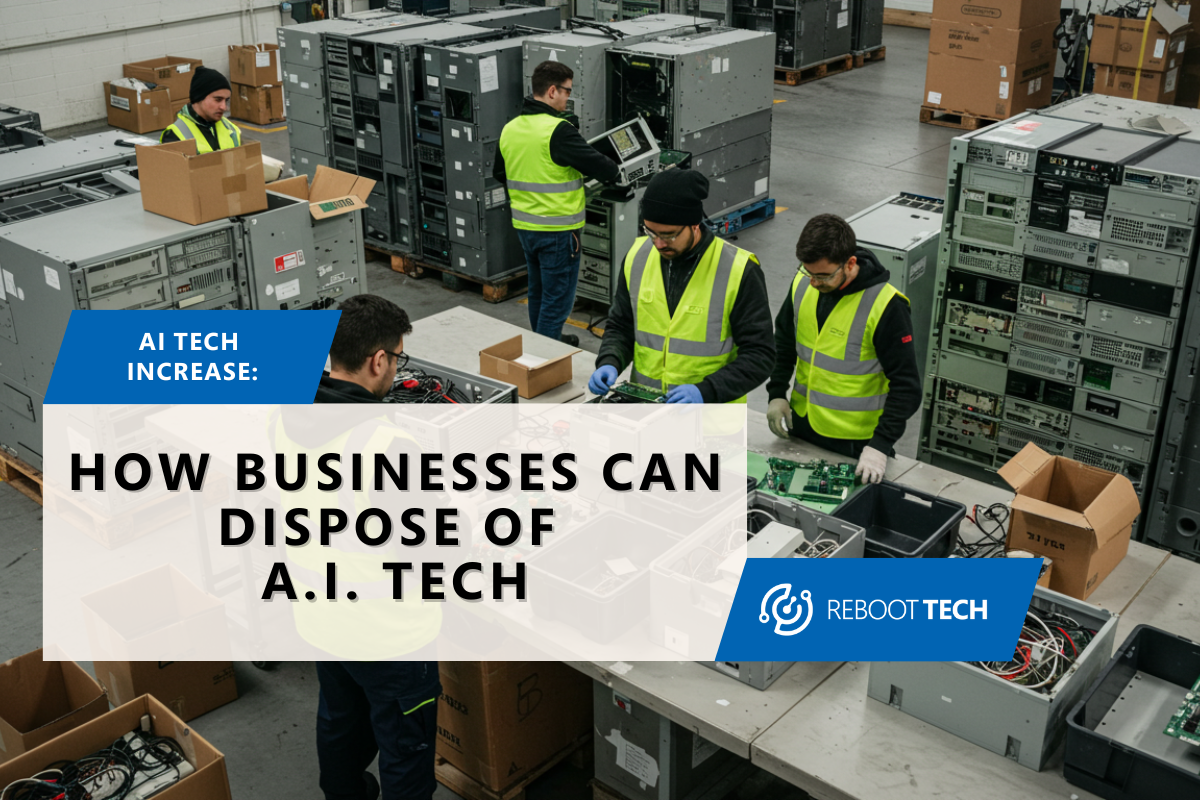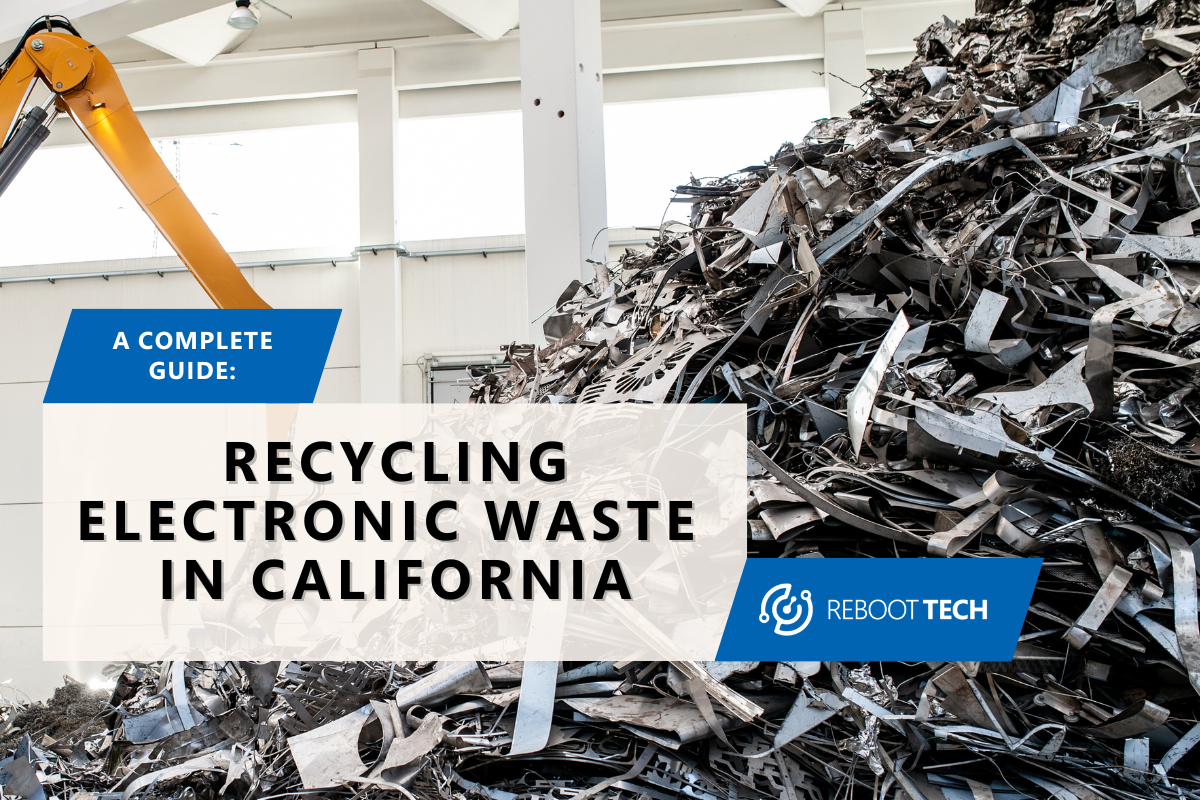
Why Recycling E-Waste in California Is Important
Imagine you’ve just upgraded your smartphone, computer, or TV. The excitement of new features and faster performance is thrilling, but what happens to the old device you’re replacing? For many, these outdated electronics end up collecting dust in a drawer or closet, or worse, they’re tossed in the trash. However, this casual disposal of electronic waste (e-waste) can have serious consequences for our environment and health.
E-waste is one of the fastest-growing waste streams in the world, and California is no exception. With its progressive environmental policies, the state has taken significant steps to manage and recycle e-waste responsibly.
In this article, we’ll explore what e-waste is, why it’s hazardous, and the e-waste recycling laws in California. We’ll also delve into the key regulations that govern e-waste recycling in the state, including the Electronic Waste Recycling Act (EWRA) of 2003. By the end of this guide, you’ll clearly understand recycling e-waste in California and how to contribute to a healthier environment.
What Is E-Waste?
Tackling E-Waste Recycling in California
E-waste includes a wide variety of electronic devices, from cell phones and computers to televisions and kitchen appliances. These devices often contain harmful materials such as lead, mercury, cadmium, and other toxic substances. When disposed of improperly, these materials can leach into the soil and water, posing serious environmental and health risks. That’s why it is classified as hazardous waste and requires careful management to prevent harm.
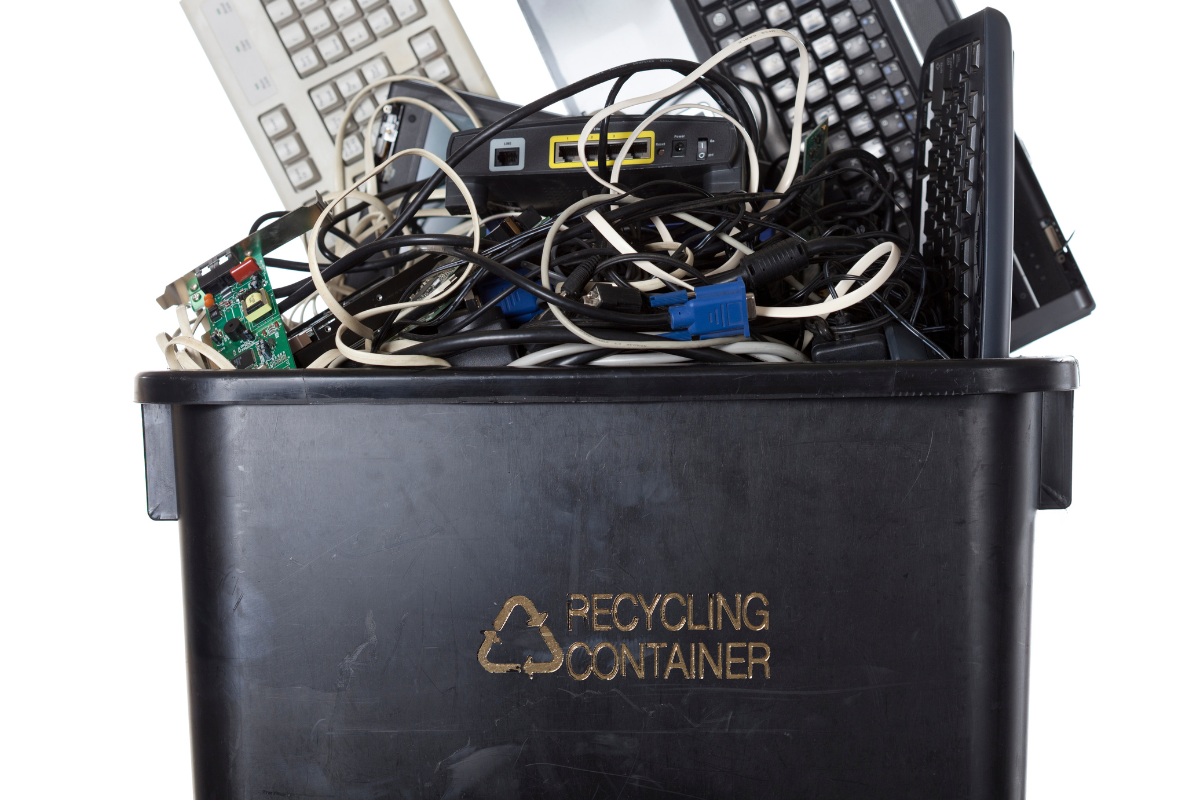
In response to this growing problem, California enacted the Electronic Waste Recycling Act (EWRA) of 2003. This law was designed to ensure the safe and responsible disposal of covered electronic devices (CEDs), a specific category of e-waste that includes items like computer monitors, televisions, and other electronic equipment.
Understanding SB-20: The Electronic Waste Recycling Act of 2003
SB-20 introduced several important measures to ensure responsible e-waste recycling:
- Covered Electronic Devices (CEDs): The law defines CEDs as electronic products like computer monitors, televisions, and laptops that can turn into hazardous waste when they’re discarded. To help fund the recycling process, a small recycling fee is added at the point of sale whenever you buy these devices.
- Recycling Fees: When you buy a new electronic device in the State of California, you pay a small recycling fee. This fee goes into a fund managed by CalRecycle, which is used to support the collection, transportation, and recycling of unwanted electronics.
- Certified Recycling Facilities: SB-20 mandates that e-waste be properly disposed of at certified facilities that meet strict environmental and safety standards. These facilities are specifically equipped to handle toxic materials, ensuring hazardous chemicals are managed correctly.
- Consumer Education: The law also requires manufacturers to provide information to consumers on how to recycle their old electronics, such as computers, monitors, and fax machines. This makes it easier for everyone to participate in the responsible disposal of e-waste.
Since it was enacted, SB-20 has played a key role in keeping millions of tons of e-waste out of landfills. This has significantly reduced the environmental impact of discarded electronics in California, protecting natural resources and promoting a circular economy.
Additional Regulations and Considerations for E-Waste Recycling in California
While SB-20 laid the foundation for e-waste recycling in California, several other regulations and programs have been introduced to further enhance the state’s e-waste management efforts. Here are some additional laws and initiatives to keep in mind when recycling e-waste in California:
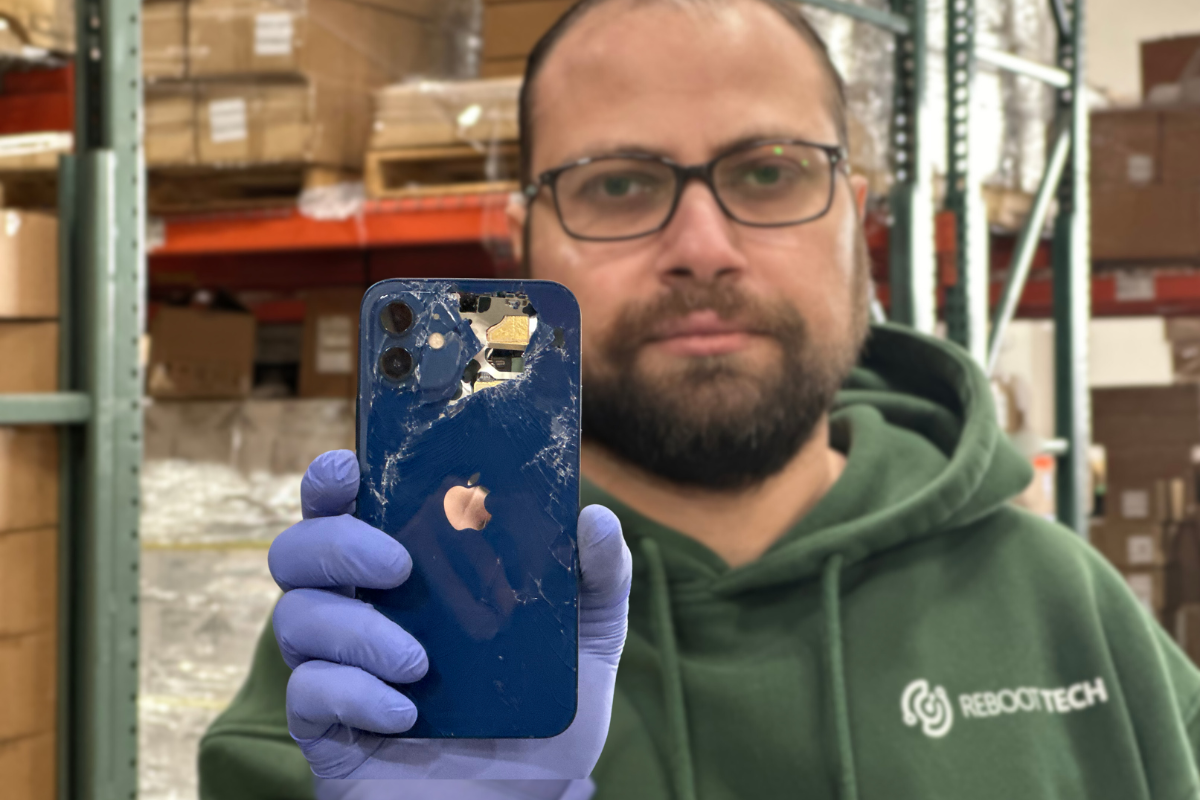
AB 2901: Cell Phone Takeback and Recycling
AB 2901, passed in 2004, requires large cell phone retailers in California to take back used cell phones for recycling for free. This means you can easily drop off your old phone at a participating store instead of throwing it away.
AB 1125: Rechargeable Battery Takeback and Recycling
Similar to the cell phone takeback program, AB 1125 requires retailers that sell rechargeable batteries to take back used batteries for recycling. This includes batteries from laptops, power tools, and of course, cell phones.
AB 1419: CRT Panel Glass Recycling
As newer LCD and LED technologies have replaced older cathode ray tube (CRT) devices, the demand for CRTs has plummeted, leaving recyclers with large quantities of CRT glass. AB 1419 was enacted to address this issue by allowing CRT panel glass to be used in new products, such as tiles and radiation shielding glass, rather than being stockpiled or sent overseas. This law helps reduce the environmental risks associated with CRT glass disposal.
SB 1215: Battery-Embedded Product Recycling
California has also passed a law that expands the state’s e-waste recycling laws to include products that have batteries embedded in them, such as certain toys, tools, and small appliances. This means that these items can now be recycled through the same programs that handle other types of electronic waste.
How to Recycle E-Waste in California
Now that you understand the importance of e-waste recycling and the regulations that govern it, let’s explore how you can recycle your e-waste in California. The good news is that there are plenty of options available, making it easy to responsibly dispose of your old electronics.
- Locate a Certified E-Waste Recycling Facility
- Take Advantage of Retail Take-Back Programs
- Participate in Local E-Waste Collection Events
- Utilize Manufacturer Recycling Programs
The Role of Certified E-Waste Recyclers in California
Certified e-waste recyclers play a crucial role in California’s efforts to manage electronic waste. These recyclers adhere to strict environmental and safety standards, ensuring that hazardous materials are properly handled and that valuable materials are recovered for reuse.
Choosing a certified recycler ensures that your e-waste is managed responsibly. Certified recyclers are trained to safely dismantle electronic devices, extract valuable materials, and dispose of hazardous substances in an environmentally friendly manner. They also comply with all relevant regulations, including those set by the Environmental Protection Agency (EPA) and CalRecycle.
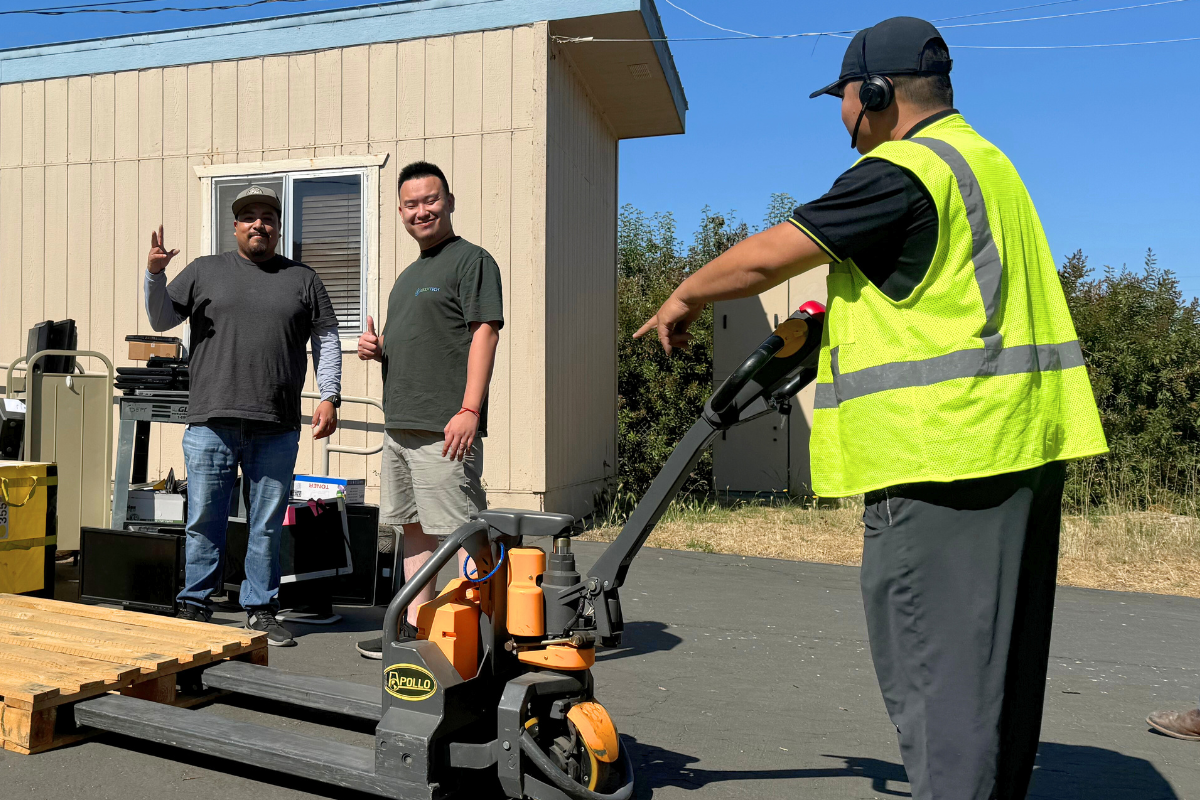
Making a Difference Through E-Waste Recycling
Recycling e-waste in California is not just a legal requirement; it’s an opportunity to make a positive impact on the environment and public health. By understanding what e-waste is, the regulations that govern its disposal, and the resources available for recycling, you can take meaningful steps to responsibly dispose of your old electronics.
Whether you’re dropping off your e-waste at a certified recycling facility, participating in a local collection event, or using a manufacturer’s take-back program, every action you take helps reduce the environmental and health risks associated with electronic waste. So the next time you upgrade your electronic devices, remember to recycle the old ones





